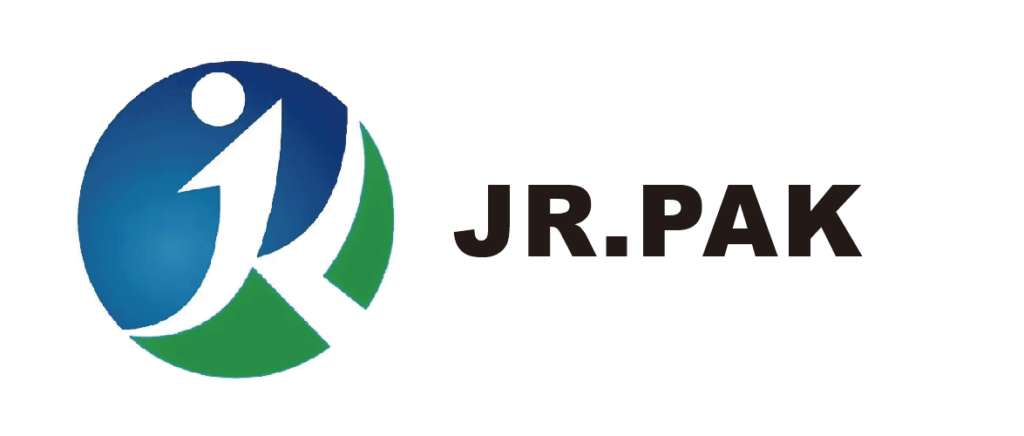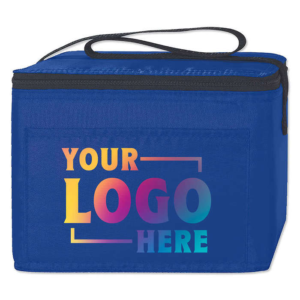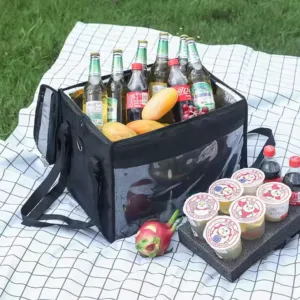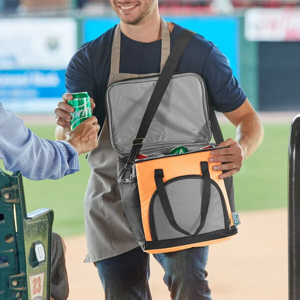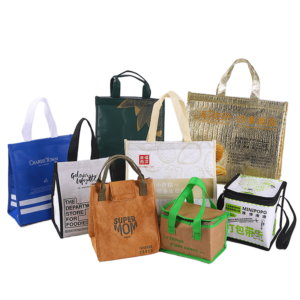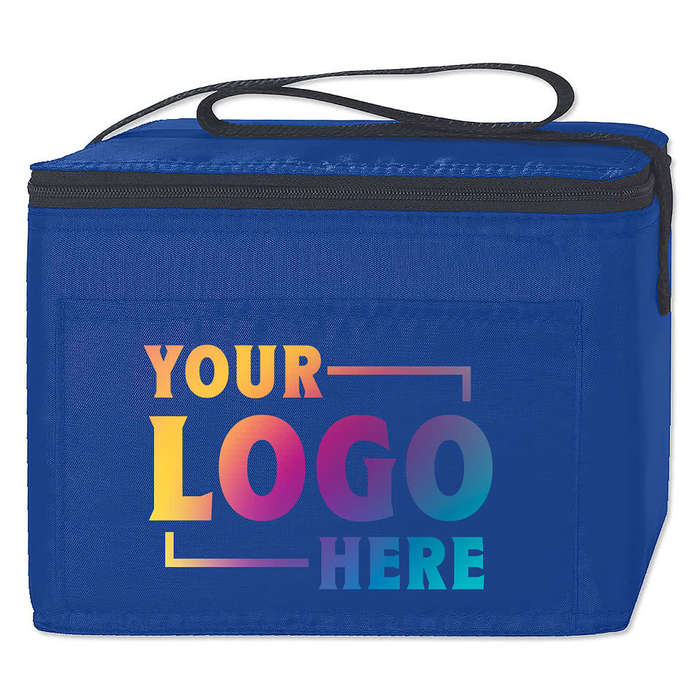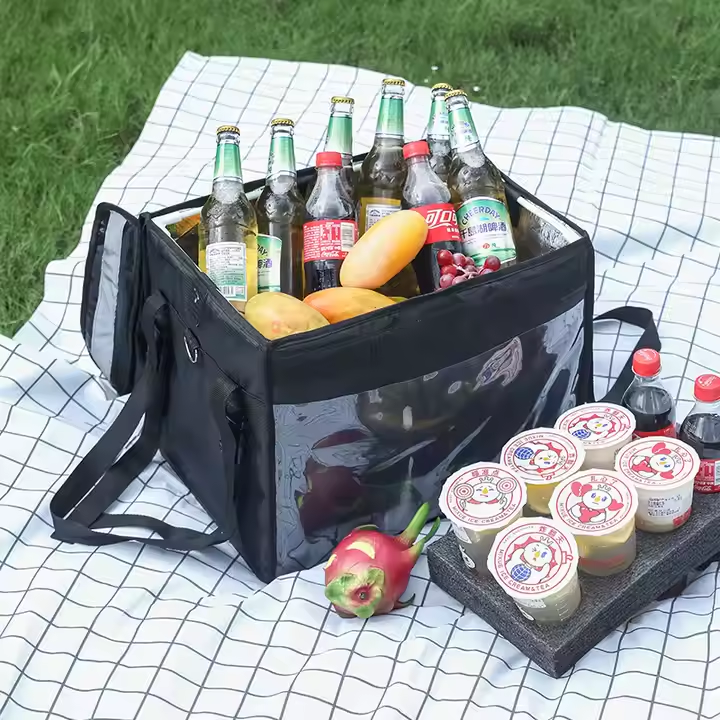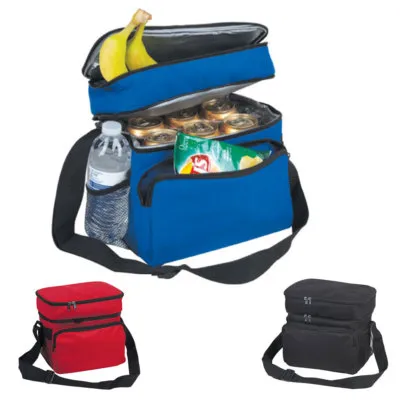Understanding the best printing methods for non-woven bags is crucial for selecting the most cost-effective and visually appealing option. This list breaks down the six leading techniques based on use cases, advantages, and material compatibility.
Top 6 Printing Methods for Non-Woven Bags Explained
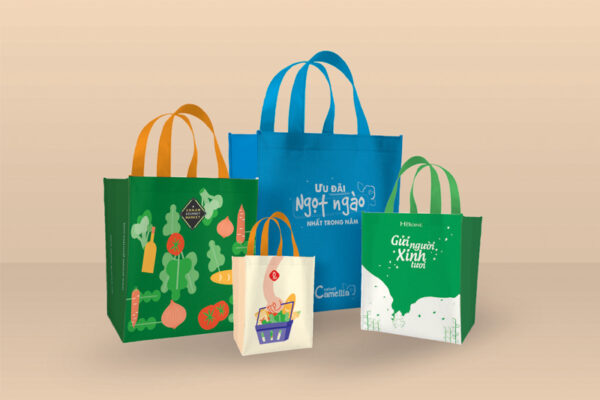
Each printing method has unique strengths tailored for different production needs, design styles, and fabric types.
Explore the six most effective non-woven bag printing methods to choose the best fit for your project. For more about non-woven bags themselves, visit our Non-Woven Bag Collection.
1. Screen Printing
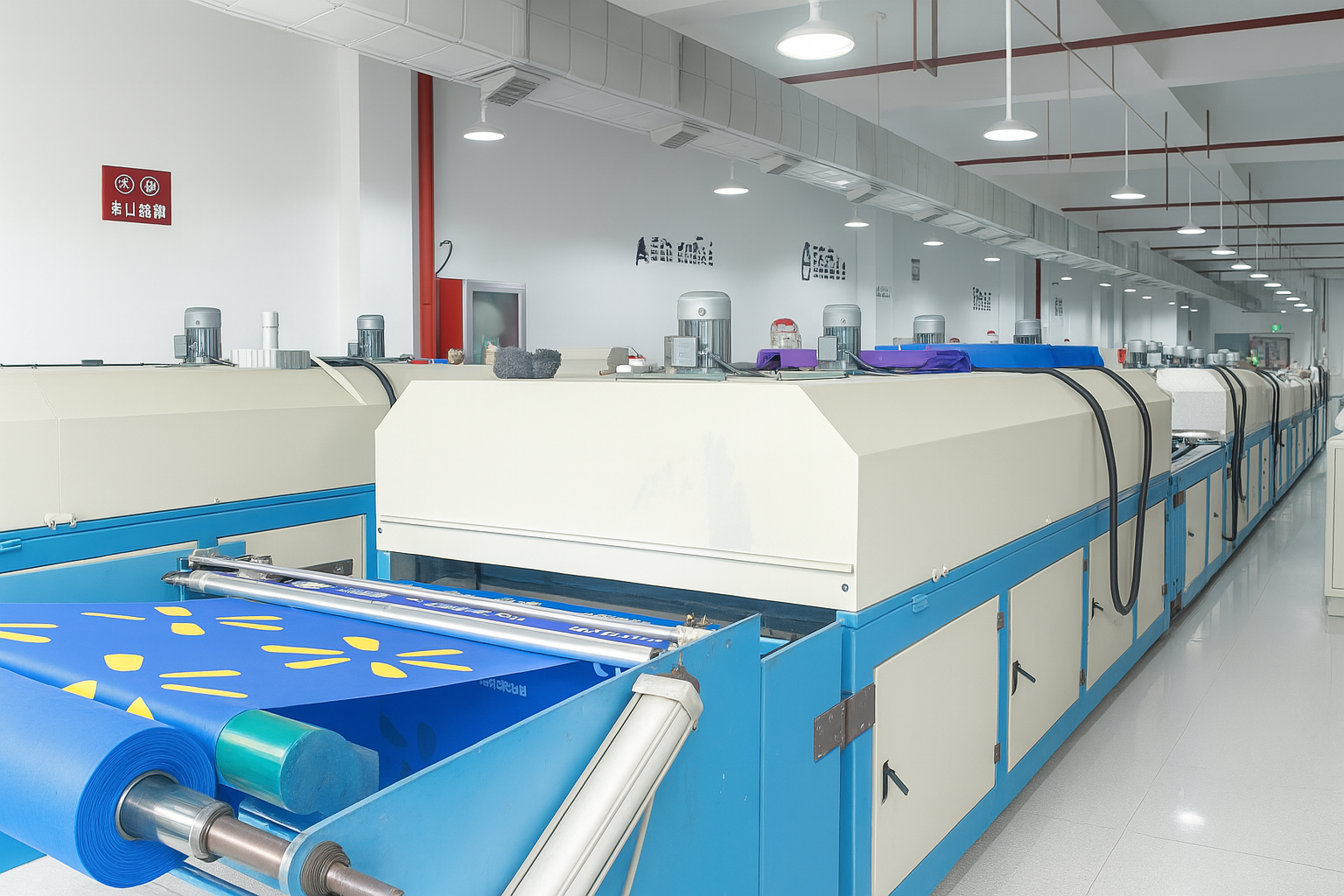
Dive-Deeper paragraph:
Screen printing remains one of the most reliable and widely used techniques for non-woven bags. It uses stencils and mesh screens to apply ink directly onto the fabric. This method is ideal for simple, bold logos or artwork and is highly economical for high-volume production.
Advantages and Limitations
| Feature | Description |
|---|---|
| Best For | Simple graphics and solid colors |
| Pros | Low cost, long-lasting prints, fast production |
| Cons | Poor detail on intricate designs, one color at a time |
Considerations
This method struggles with complex images and multicolor gradients. It requires creating new screens for each color, which increases time and cost for intricate designs. However, if your order involves thousands of bags with one or two colors, screen printing offers unbeatable efficiency and durability.
2. Heat Transfer Printing
Dive-Deeper paragraph:
Heat transfer printing is an excellent choice for medium and small-scale orders that require detailed and colorful images. It involves printing a design onto transfer paper and using heat and pressure to embed it onto the non-woven surface.
Advantages and Limitations
| Feature | Description |
|---|---|
| Best For | Complex logos, photo-quality images |
| Pros | Excellent detail, vibrant colors, suitable for short runs |
| Cons | May peel or fade over time, slower for bulk jobs |
Considerations
This method is ideal for promotional campaigns or customized prints where brand imagery must remain consistent. However, the process may result in fading with repeated washes or rough handling, making it more suitable for lightweight, short-term applications.
3. Gravure Printing
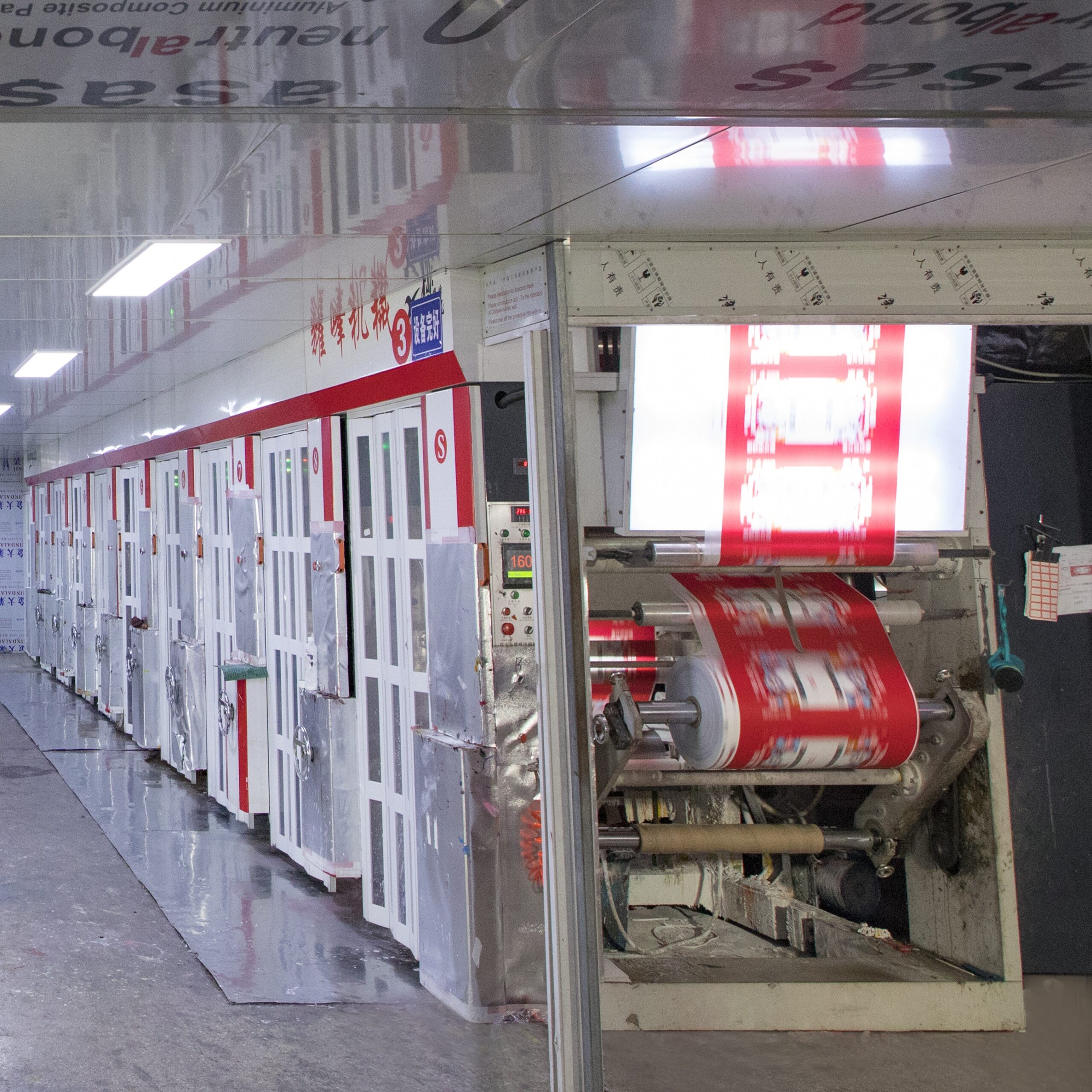
Dive-Deeper paragraph:
Gravure printing uses engraved cylinders to transfer ink onto the non-woven material, making it best for high-volume, high-quality print jobs. This technique is favored for its consistent reproduction of fine details and vibrant color accuracy.
Advantages and Limitations
| Feature | Description |
|---|---|
| Best For | Laminated or BOPP-coated non-woven bags |
| Pros | Sharp images, repeatable quality, high-speed output |
| Cons | High setup cost, limited to coated surfaces |
Considerations
Gravure printing is highly efficient once setup is complete, but the engraved cylinders are expensive and time-consuming to prepare. It’s commonly used in premium retail packaging where detailed design is crucial. The technique demands BOPP or similar coatings for optimal ink absorption and precision.
4. Digital Printing
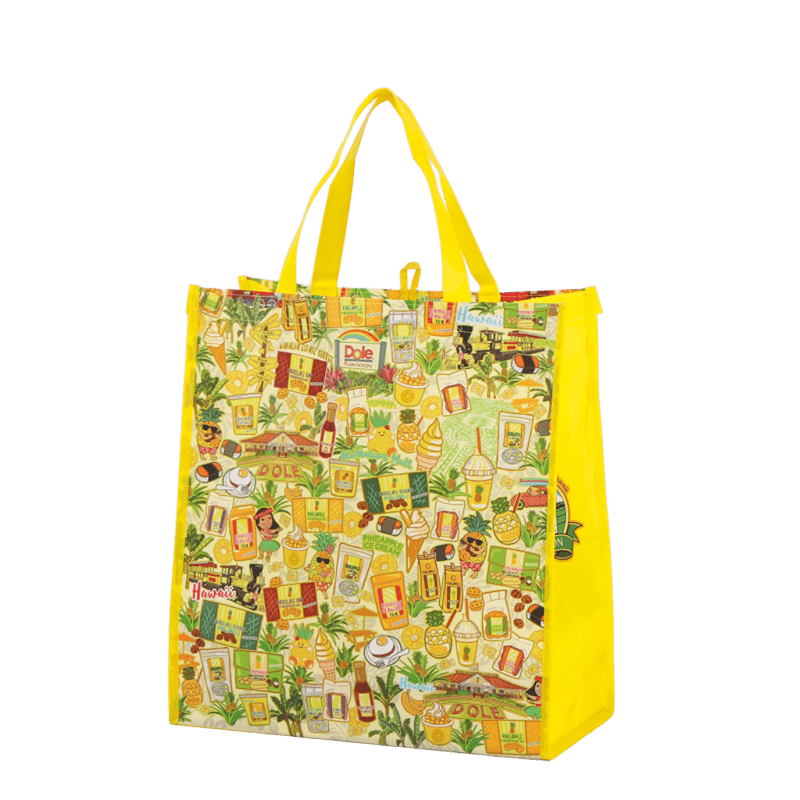
Dive-Deeper paragraph:
Digital printing allows direct application of digital files to non-woven surfaces using inkjet technology. It eliminates the need for physical plates or screens, which makes it an excellent option for fast customization and intricate artwork.
Advantages and Limitations
| Feature | Description |
|---|---|
| Best For | Customized orders, multiple design variations |
| Pros | No setup cost, fast turnaround, sharp resolution |
| Cons | Higher cost per unit, not suitable for all fabrics |
Considerations
This technique shines in on-demand printing scenarios where design flexibility outweighs cost efficiency. It’s perfect for small businesses, event promotions, or test runs. However, non-coated or rough fabric surfaces can cause ink bleeding or reduced detail, so compatibility checks are essential.
5. Flexographic Printing
Dive-Deeper paragraph:
Flexographic printing uses flexible relief plates to apply ink rapidly, making it a go-to choice for high-speed, high-volume production. This method handles various ink types and works well with laminated non-woven bags.
Advantages and Limitations
| Feature | Description |
|---|---|
| Best For | Large-scale runs with multiple colors |
| Pros | Cost-effective at scale, quick processing |
| Cons | Detail loss on uncoated materials, plate preparation required |
Considerations
Flexography balances speed and cost for businesses handling mass production. It supports multi-color graphics with decent precision. Laminated surfaces improve ink retention and image clarity, making it the preferred surface for this method.
6. Sublimation Printing

Dive-Deeper paragraph:
Sublimation printing uses heat to turn dye into gas, which bonds with polyester fibers at the molecular level. The result is vivid, long-lasting images that do not fade, peel, or crack. This method is exclusively compatible with polyester-based non-woven materials.
Advantages and Limitations
| Feature | Description |
|---|---|
| Best For | Full-color, durable designs on polyester bags |
| Pros | Brilliant color, highly durable, no surface residue |
| Cons | Only works on polyester or polyester-coated fabric |
Considerations
Sublimation printing produces unmatched quality for polyester non-woven bags. It’s ideal for fashion-forward or long-term promotional bags. However, it's not usable on common PP or PE non-woven fabrics, which limits its general utility in broader markets.
Conclusion
Each printing method has its place depending on order size, design complexity, and material compatibility. For bulk, cost-effective orders, screen and flexographic printing lead the pack. For high-resolution and intricate designs, heat transfer, digital, and sublimation offer precision and vibrancy. Gravure stands out for luxury packaging with laminated surfaces.
From my factory experience at JiaRong Packing, many of our export clients from Europe and North America prefer flexographic or gravure printing for large supermarket and retail chain orders. For customized promotional items or seasonal designs, digital and heat transfer options are commonly requested.
Which method works best for your brand? Let us know in the comments!
